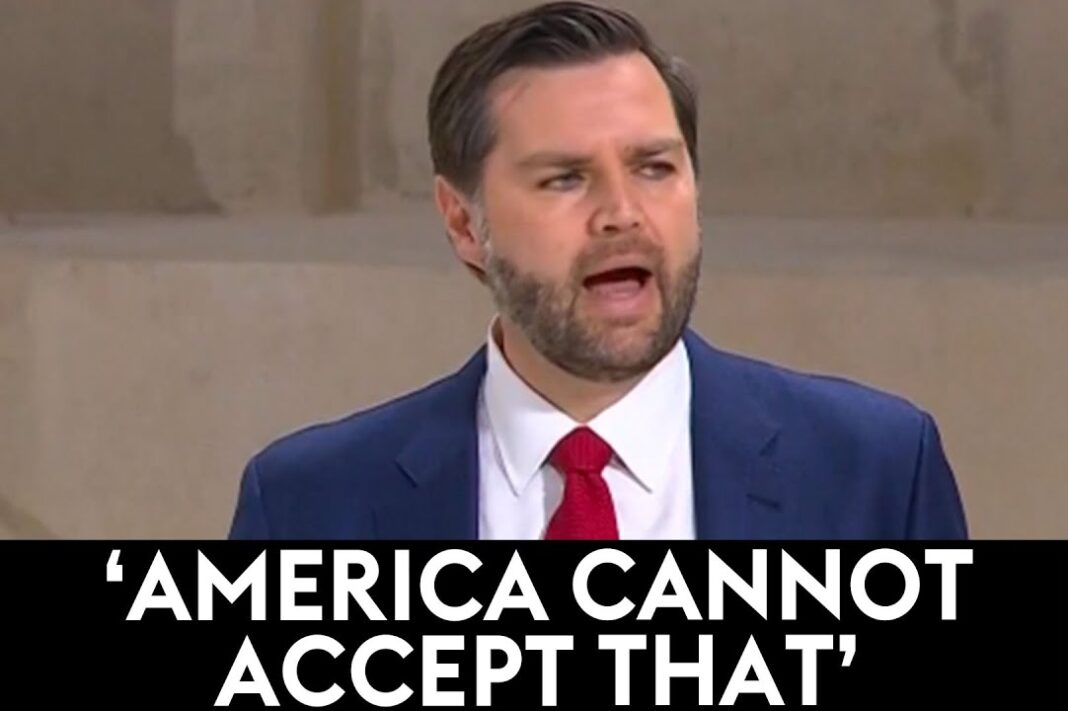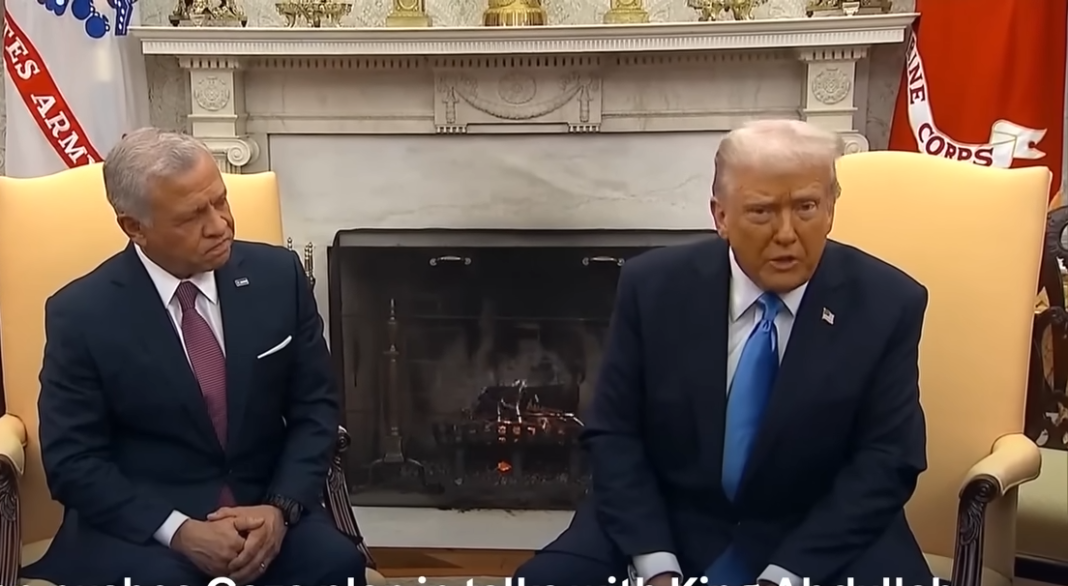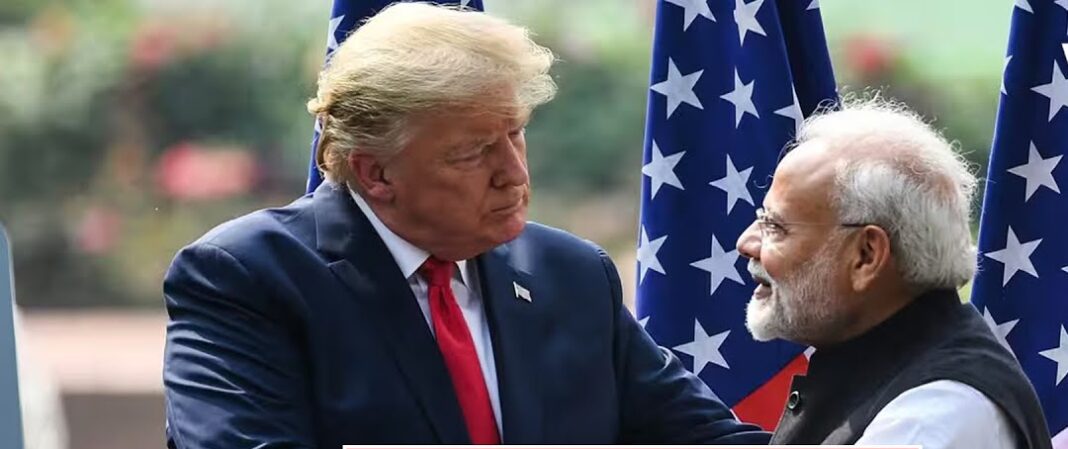At an international AI summit, Donald Trump outlined his administration’s vision for artificial intelligence (AI), emphasizing innovation, free markets, and national security. He warned against overregulation and positioned the U.S. as the global AI leader.
The Future of AI: Economic Growth and National Security
Trump highlighted AI’s potential across industries, particularly in:
- Healthcare – Improving patient care and disease detection.
- National Security – Strengthening intelligence capabilities.
- Manufacturing – Enhancing automation and productivity.
- Energy Infrastructure – Powering AI systems with reliable resources.
His administration believes AI creates jobs rather than replacing workers, boosting economic growth.
Opposition to AI Overregulation
Trump criticized excessive AI regulation, arguing it would:
- Stifle innovation and slow advancements.
- Give foreign competitors an advantage.
- Protect large tech corporations while hurting startups.
He urged European regulators to embrace AI opportunities instead of imposing restrictive policies.
Ensuring AI Remains Free from Bias
Trump stated that American AI must remain politically neutral, ensuring it is not used for censorship or ideological influence. His concerns include:
- Government-controlled AI restricting free speech.
- Manipulation of historical and cultural narratives.
- Foreign adversaries weaponizing AI for surveillance and propaganda.
He committed to preventing authoritarian regimes from exploiting AI technologies.
U.S. Leadership in AI and Semiconductor Technology
The administration pledged to keep AI advancements within the U.S. by:
- Developing AI domestically with American-designed chips.
- Strengthening international partnerships while safeguarding U.S. innovation.
- Preventing technology theft from foreign competitors.
Trump emphasized the critical role of semiconductor manufacturing in sustaining AI growth.
AI and Workforce Development
Trump positioned AI as a tool for productivity rather than job displacement. His administration plans to:
- Invest in workforce training programs for AI integration.
- Encourage AI adoption across industries to support job growth.
- Prevent workforce automation from harming American workers.
He assured that American workers would benefit from AI advancements, not be replaced by them.
Future Predictions and Strategic Implications
Key developments to watch in AI policy and global trends:
- Increased U.S. investment in AI research and development.
- A growing divide between pro-regulation and pro-innovation policies worldwide.
- Tighter security measures against AI theft and cyber threats.
- Evolving global regulations influencing AI market trends.
- The balance between AI automation and job preservation.
Trump’s AI strategy prioritizes deregulation, innovation, and national security, positioning the U.S. as the dominant force in global AI development.
Disclaimer
This article is based on publicly available reports and expert analysis. AI policies may evolve, affecting global regulations and market trends.
Alex Murphy is an investigative journalist who specializes in uncovering emerging business trends and technologies shaping the future.




